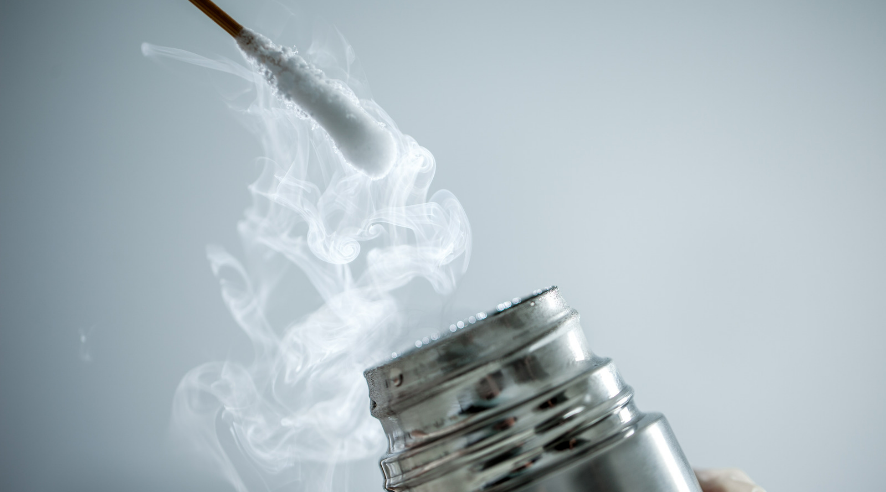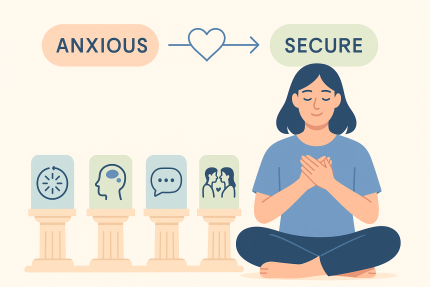Cryotherapy: The Chilling Health Benefits of Extreme Cold
- 5 February 2023

Cryotherapy is a relatively new health trend that involves exposing the body to extremely cold temperatures for short periods of time. This practice has gained popularity in recent years, thanks to its potential benefits for physical and mental health. Cryotherapy is available in various forms, including whole-body cryotherapy, localized cryotherapy, and cryofacials. In this article, we will explore the science behind cryotherapy, its potential health benefits, and the safety concerns that come with this practice.
The Science behind Cryotherapy
Cryotherapy, as its name suggests, involves the use of cold temperatures to stimulate healing in the body. When the body is exposed to extreme cold, it triggers a process called vasoconstriction, which causes the blood vessels to narrow. This response helps to reduce inflammation and swelling in the body, making cryotherapy an effective treatment for chronic pain and injuries.
In addition, cryotherapy can stimulate the production of collagen and elastin, two proteins that are essential for healthy skin. By exposing the skin to extreme cold, cryotherapy can help to improve the texture and appearance of the skin, while also reducing the signs of aging.
Potential Health Benefits of Cryotherapy
Reduces Inflammation and Pain
Cryotherapy has been shown to be effective in reducing inflammation and pain in the body. This makes it a popular treatment for conditions such as arthritis, chronic pain, and injuries. The cold temperatures of cryotherapy can help to reduce inflammation and swelling in the body, while also providing pain relief.
Boosts Immune System
Cryotherapy can also help to boost the immune system by increasing the production of white blood cells. White blood cells are responsible for fighting off infections and illnesses, making cryotherapy an effective treatment for conditions such as the common cold and flu.
Enhances Mood and Reduces Stress
Cryotherapy has been shown to enhance mood and reduce stress levels. This is because the cold temperatures of cryotherapy can help to release endorphins, which are natural feel-good hormones. Endorphins can help to reduce feelings of anxiety and depression, while also promoting relaxation and a sense of well-being.
Promotes Weight Loss
Cryotherapy can also promote weight loss by increasing the body's metabolism. When the body is exposed to extreme cold, it must work harder to maintain its core temperature. This extra effort can help to burn more calories, making cryotherapy an effective weight loss tool.
Safety Concerns of Cryotherapy
While cryotherapy has many potential health benefits, it is important to be aware of the safety concerns that come with this practice. Some of the potential risks of cryotherapy include:
Frostbite and Skin Damage
Exposure to extreme cold temperatures can lead to frostbite and skin damage if not properly monitored. It is important to follow the recommended exposure times and temperature settings when using cryotherapy.
Breathing Difficulties
Inhaling extremely cold air can cause breathing difficulties in some individuals, especially those with pre-existing respiratory conditions. It is important to consult a doctor before using cryotherapy if you have any respiratory conditions.
Dizziness and Fainting
The sudden drop in body temperature during cryotherapy can cause dizziness and fainting in some individuals. It is important to listen to your body and exit the cryotherapy chamber if you feel any discomfort.
Conclusion
Cryotherapy is a health trend that has gained popularity in recent years, thanks to its potential benefits for physical and mental health. This practice involves exposing the body to extremely cold temperatures for short periods of time, which can help to reduce inflammation, boost the immune system, enhance mood, promote weight loss, and improve skin health. While cryotherapy has many potential health benefits




